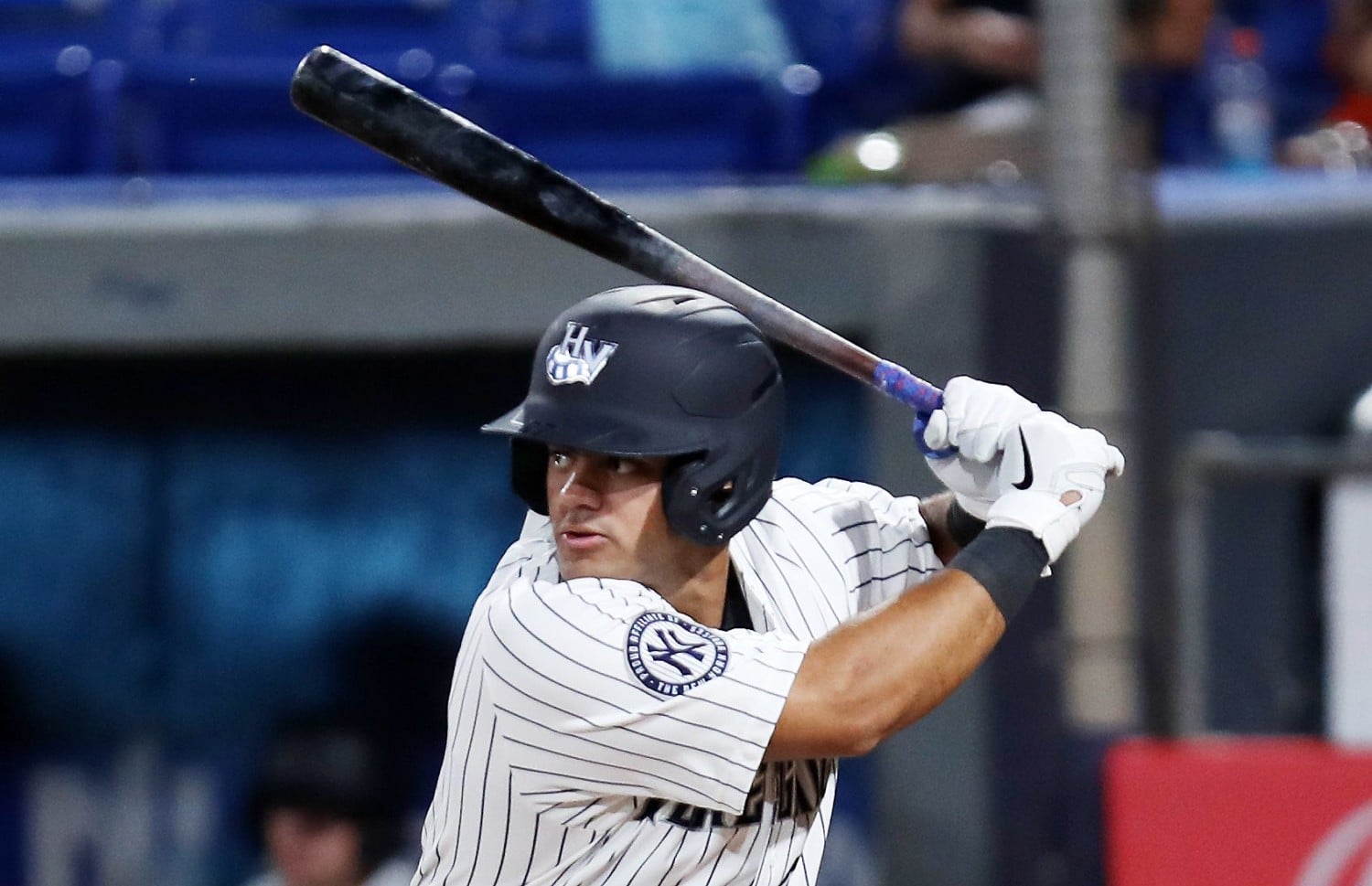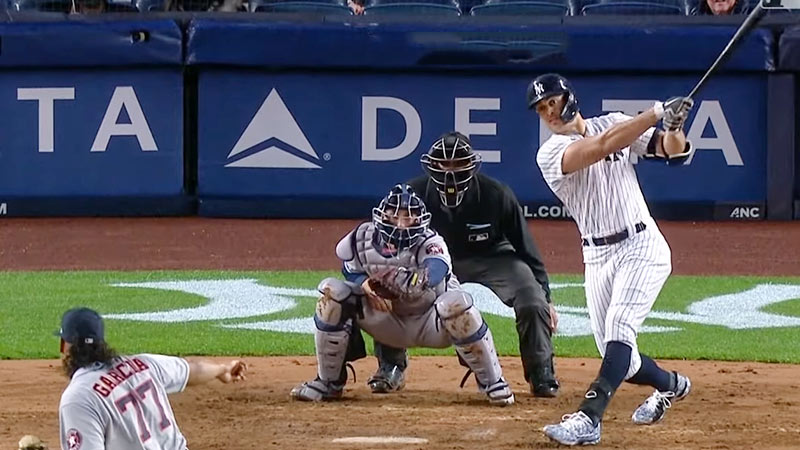Baseball is a game of strategy, skill, and heart. Among the many thrilling moments that define the sport, none are as electrifying as a grand slam. Whether you’re a die-hard fan or just starting to learn the game, understanding what a grand slam is can deepen your appreciation for this iconic play. In this guide, we’ll break down everything you need to know about grand slams in baseball.
What Exactly Is a Grand Slam?
A grand slam is a home run hit when the bases are loaded. That means there’s a runner on first, second, and third base. When the batter hits the ball over the outfield fence (or inside the park, though that’s rare), all four runners — the batter included — score, resulting in four runs for the team.
This play is one of the most exciting in baseball because it can change the momentum of a game in an instant. It’s not just about scoring runs; it’s about the energy it brings to the field and the crowd.
The Origin of the Term “Grand Slam”
The term “grand slam” originated from the card game of bridge, where it refers to winning all the tricks. Its adoption into baseball reflects the play’s significance — it’s a big win, a complete sweep of the scoring opportunity presented.
While the exact origin of the term in baseball is unclear, it became popular in the early 20th century. The phrase was used to describe a home run with three runners on base, emphasizing the magnitude of the achievement.
Why Is a Grand Slam Important?
A grand slam isn’t just about scoring runs; it’s about momentum. Here’s why it’s such a game-changer:
- Four Runs Scored: This is the most obvious benefit. A four-run swing can erase a deficit, extend a lead, or completely shift the game’s dynamic.
- Psychological Impact: For the team that hits the grand slam, it’s a massive boost of confidence. For the opposing team, especially the pitcher who allowed it, it can be demoralizing.
- Win Probability: Statistics consistently show that hitting a grand slam significantly increases a team’s chances of winning the game. The bigger the game implications, the more the play matters.
- Fan Excitement: Grand slams are thrilling. They bring the crowd to its feet and create a surge of energy in the ballpark.
The Anatomy of a Grand Slam
While hitting a home run is always impressive, a grand slam requires a specific set of circumstances to occur. Several factors contribute to creating the opportunity and the execution of the play:
- Getting Runners on Base: Obviously, you can’t have a grand slam without runners on base. Walks, singles, and errors can all contribute to loading the bases.
- Strategic Decisions: Managers often make critical decisions when runners are on base, such as whether to intentionally walk a batter to load the bases and set up a force play at any base or to pitch carefully to a dangerous hitter.
- The Batter’s Approach: With the bases loaded, the batter faces immense pressure. A successful grand slam hitter typically possesses a calm demeanor, a keen eye, and the ability to deliver under pressure.
- Pitcher’s Mistake: Pitchers try to avoid giving up a grand slam at all costs. They are less likely to make a mistake. A poorly located pitch, especially over the heart of the plate, is often the culprit when a grand slam occurs.
Legendary Grand Slam Moments in Baseball History
Baseball history is filled with memorable grand slams. Here are just a few examples:
- Kirk Gibson’s 1988 World Series Grand Slam: While not technically a grand slam, Gibson’s hobbled, improbable home run in Game 1 of the 1988 World Series against Dennis Eckersley with a runner on first and second base, with his team down 4-3, and two outs, captures the dramatic essence of a clutch hit in a critical situation.
- Roberto Clemente’s Walk-Off Grand Slam: Clemente, a Hall of Famer and beloved humanitarian, hit a walk-off grand slam in 1956, solidifying his reputation as a clutch performer.
- Josh Donaldson’s Grand Slam in the 2015 ALDS: In a crucial Game 4 of the American League Division Series, Donaldson’s grand slam helped the Toronto Blue Jays defeat the Texas Rangers and advance to the next round.
- Travis Hafner Grand Slams: Hafner of the Cleveland Indians holds the American League record for most grand slams in a season at 6.
Who Hits the Most Grand Slams?
Several players have distinguished themselves as prolific grand slam hitters throughout baseball history. Here are some of the all-time leaders:
- Alex Rodriguez: A-Rod holds the all-time record for grand slams with 25. His combination of power and run-producing ability made him a constant threat with the bases loaded.
- Lou Gehrig: The “Iron Horse” ranks second on the all-time list with 23 grand slams. Gehrig was one of the most feared hitters in baseball history, known for his consistency and power.
- Manny Ramirez: Ramirez finished his career with 21 grand slams, showcasing his knack for clutch hitting and his ability to drive in runs in bunches.
- Eddie Murray: Murray rounds out the top four with 19 grand slams, reflecting his consistent run production throughout his career.
How Often Do Grand Slams Happen?
Grand slams are relatively rare events in baseball. While the exact frequency can vary from season to season, a typical MLB season sees around 150-200 grand slams hit across all teams. Considering the thousands of games played each year, this highlights the difficulty of loading the bases and then hitting a home run.
Can a Grand Slam Be an Inside-the-Park Home Run?

Yes, a grand slam can be an inside-the-park home run, but it’s exceptionally rare. It requires the bases to be loaded and the batter to hit the ball in such a way that they can circle the bases and score before the defense can make a play. This usually involves a ball that takes an odd bounce, a defensive miscue, or exceptional speed on the part of the batter.
The Unwritten Rules and the Grand Slam
There are some unwritten rules in baseball that can come into play when a grand slam is hit, particularly late in a game when a team has a significant lead. Some players and managers may view hitting a grand slam in such a situation as “running up the score” and potentially disrespectful to the opposing team. This can sometimes lead to on-field tensions, but it’s a complex issue with varying perspectives.
What Is the Impact of a Grand Slam on a Pitcher?
For a pitcher, giving up a grand slam can be devastating. It can significantly damage their earned run average (ERA), affect their confidence, and potentially lead to them being removed from the game. A grand slam can also be a turning point in a pitcher’s performance, either motivating them to bounce back or leading to a downward spiral. The impact often depends on the pitcher’s mental toughness and their ability to put the mistake behind them.
Do Minor League and College Grand Slams Count?
While grand slams in minor league baseball and college baseball are just as exciting for the players and fans involved, they don’t count towards Major League Baseball records. MLB records are specifically for accomplishments in the Major Leagues. However, hitting a grand slam at any level of baseball is a significant achievement and a memorable moment for any player.
Grand Slams: More Than Just a Home Run

Hitting a grand slam is one of the most exhilarating experiences in baseball, and understanding the strategy, historical context, and sheer thrill of the play adds another layer to enjoying the game. From game-changing momentum swings to legendary moments etched in baseball lore, the grand slam remains a symbol of power, clutch performance, and the unpredictable nature of America’s favorite pastime.
Frequently Asked Questions
What is a grand slam in baseball?
A grand slam is a home run hit with all three bases occupied (bases loaded), resulting in four runs scored.
How many runs does a grand slam score?
A grand slam scores four runs: one for each runner on first, second, and third base, and one for the batter.
Who holds the MLB record for most grand slams?
Alex Rodriguez holds the MLB record for the most career grand slams.
Does a grand slam count if it’s an inside-the-park home run?
Yes, a grand slam counts even if it’s an inside-the-park home run, as long as the bases are loaded.
How often do grand slams occur in a baseball season?
Grand slams are relatively rare, with around 150-200 hit across all MLB teams in a typical season.
Can a team win a game with only a grand slam?
Yes, if a team scores exactly four runs in a game, and all four runs come from a single grand slam, they would win the game.
Conclusion
A grand slam is more than just a home run — it’s a moment of pure excitement and strategic brilliance. Whether you’re watching a game or playing the sport yourself, understanding what a grand slam is can enhance your experience and deepen your connection to baseball. So next time you see a grand slam, take a moment to appreciate the skill, luck, and timing that went into making it happen.
Stay updated with the latest news and developments in baseball and beyond.
Author: [Name]
Title/Role: [Your Title or Role]
Credentials: [Your qualifications or experience related to sports journalism or baseball]
Profile Link: [Your profile link, if applicable]
Sources:
– MLB Official Website
– Baseball Reference
– ESPN Baseball Coverage
Internal Links:
– How to Watch MLB Games Online
– Top 10 Baseball Players of All Time
– Baseball Rules Explained
Image Optimization:
–
– 
–
– 
–











More Stories
US Trending News: Everything You Need to Know About the Women’s Pro Baseball League
US Trending News: Wizards Vs Bucks: Key Moments and Highlights from the Latest NBA Matchup
Everything You Need to Know About the Women’s Baseball League